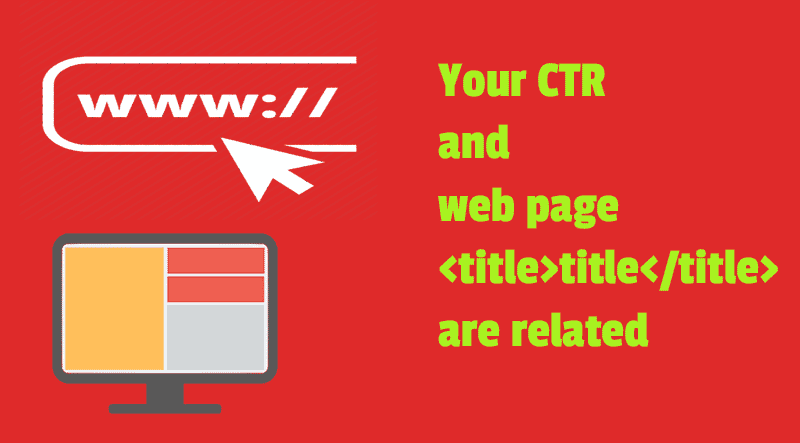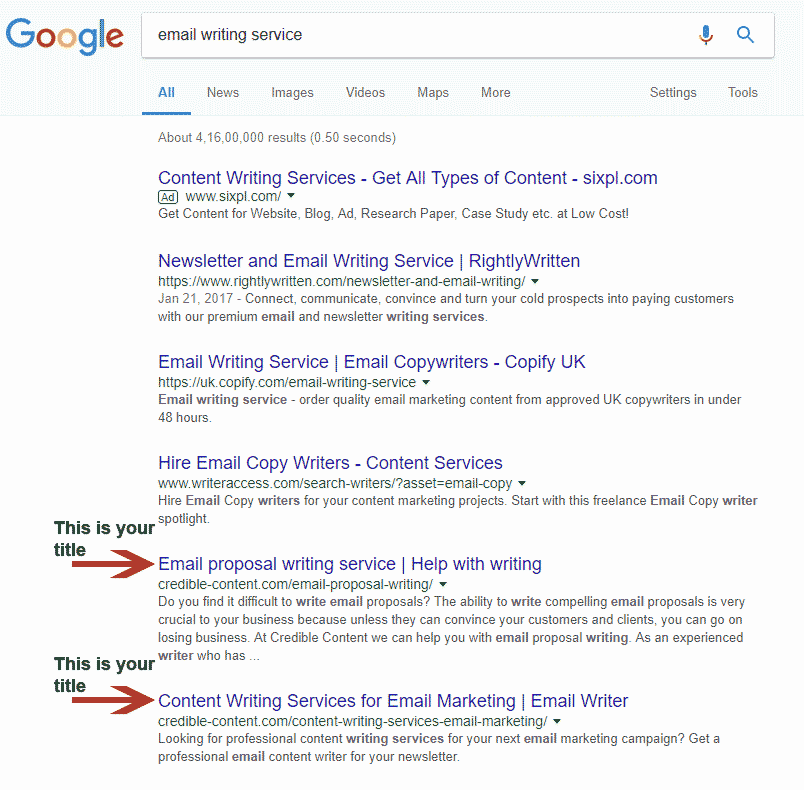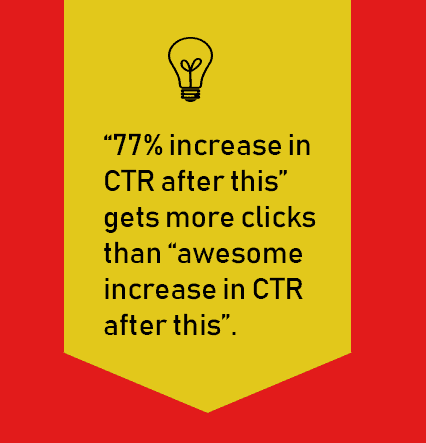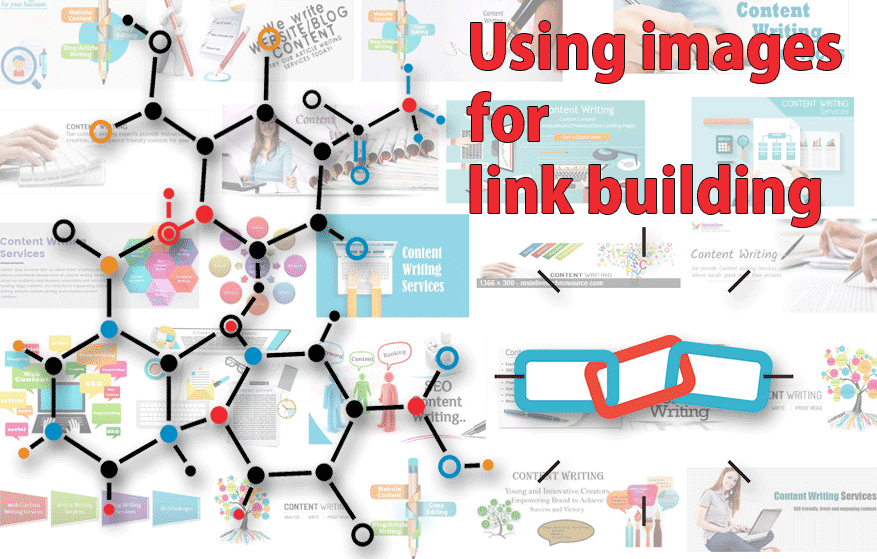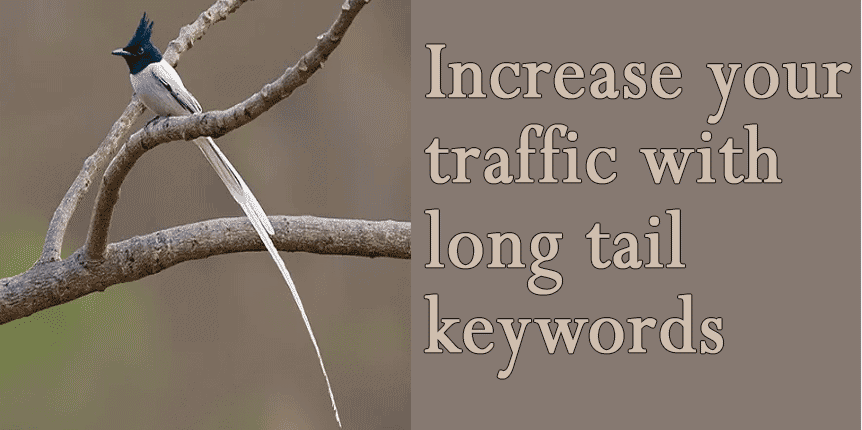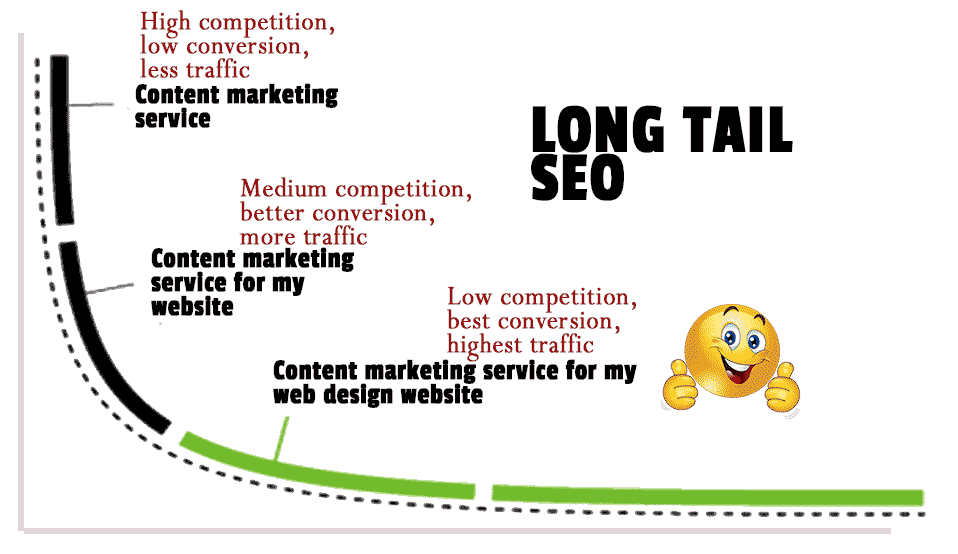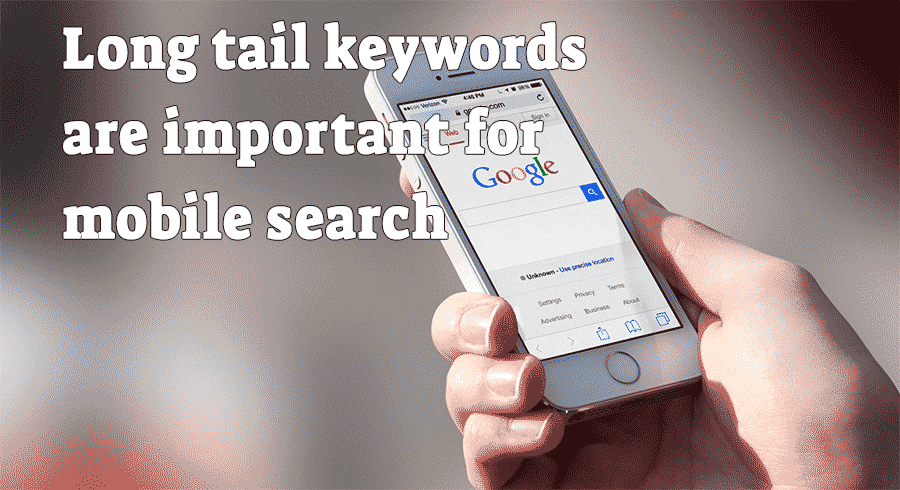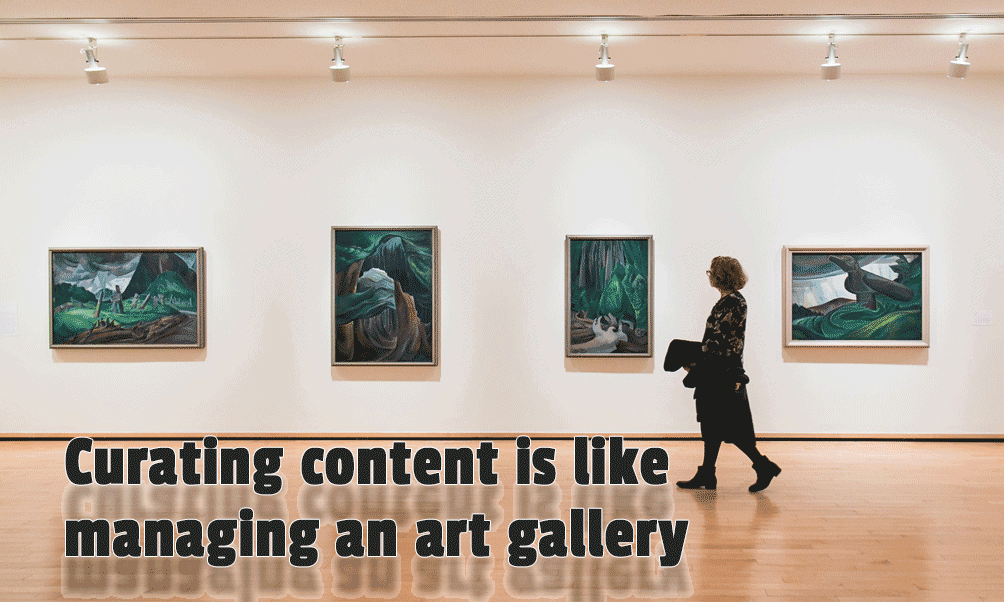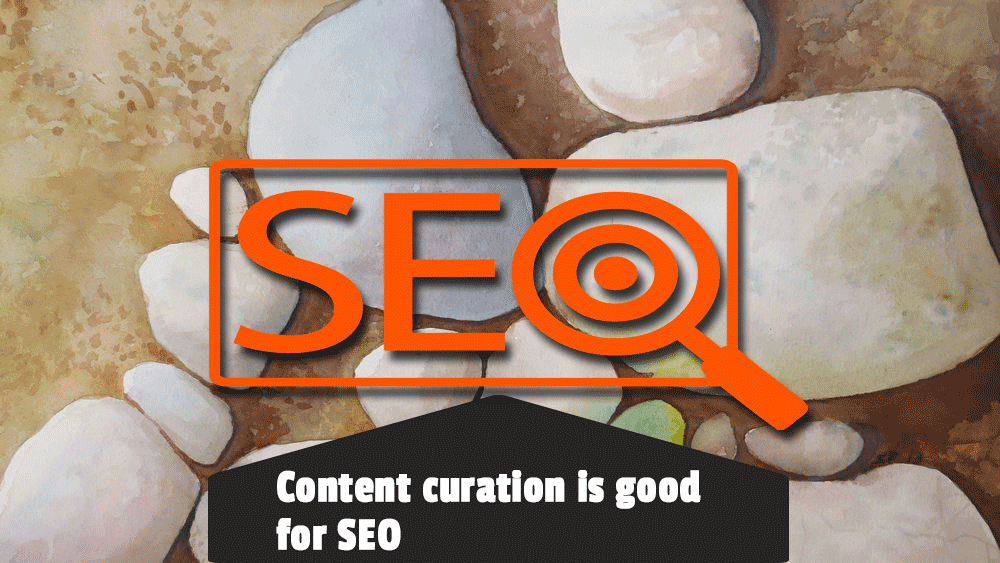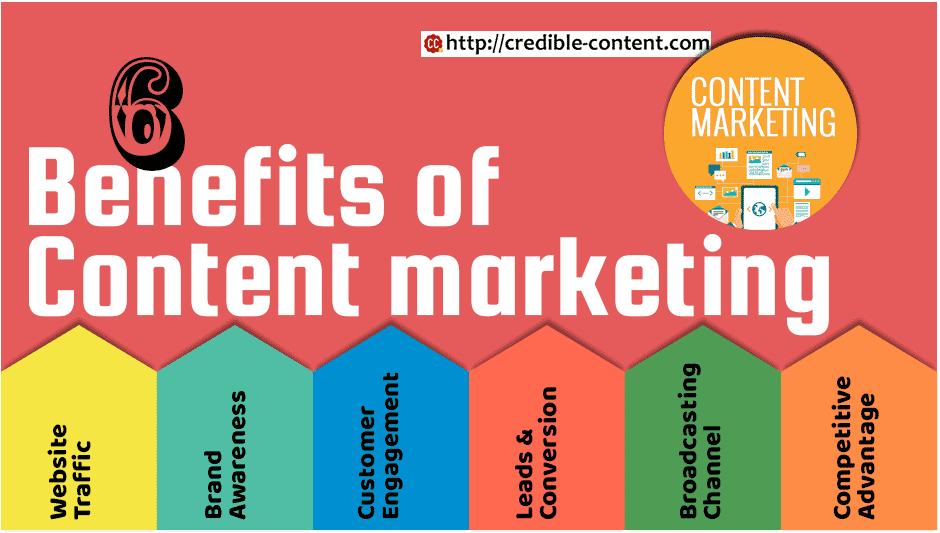
Benefits of Content Marketing
What are the benefits of content marketing?
Although in the history of advertising, marketing and business promotion, you can find innumerable examples of entrepreneurs using content marketing to its utmost advantage, people are still sceptical about it.
And this is when, everything that exists on the web is content. According to this description of content marketing on Moz:
Every email, every tweet, every landing page, and every product description—they’re all examples of content, and one of the best ways of describing what they all have in common was summed up brilliantly by Ian Lurie, of Portent, Inc.:
Content isn’t ‘stuff we write to rank higher’ or ‘infographics’ or ‘long-form articles.’
Content is anything that communicates a message to the audience. Anything.
— Ian Lurie, CEO, Portent, Inc.
Also read What is Content Marketing? Explained in detail
One of the major reasons why people cannot make sense of content marketing is that its benefits are not immediate.
For example, if you get a website designed, after a couple of months, you will have an online presence and you will be able to see the various parts of your website. Whether you like it or not, the website will be there right in front of you. You will be able to look at it yourself, and you will be able to show it to whomever you feel like.
Beyond the basic content – the text and the images and the videos that you have on your website – the benefit of content marketing is not visible. You can either predict it or imagine it.

Content marketing benefits seem very far away
To an average businessperson, concepts like building an audience, providing good quality content and expanding presence on the web, seem like “big business”-talk and consequently, intimidating. But they are not.
Just like these concepts work at the macro level, they also work at the micro level.
Also, most of the content marketers cannot guarantee success, primarily because the clients are reluctant to invest enough money (within appropriate budget, content marketing success can be guaranteed).
Unless all the parties involved are on the same plain and totally understand what they are trying to achieve, it is very difficult to experience success in content marketing.
Fortunately, there are various organizations, evangelists and interest groups that are constantly endeavoring to educate business managers and decision makers about the power of content marketing.
Doing research on the same topic, I came across an interesting graphic. I didn’t want to use the graphic so I reproduced it by slightly altering it. The graphic below summarizes the 6 indisputable benefits of content marketing.

Benefits of Content Marketing
When we talk of the benefits, we assume that everything necessary to carry out a well-defined content strategy is being done.
Below I’m going to describe these individual content marketing benefits and will also tell you how you can derive these benefits for your own business no matter what size your business is.
Benefits of content marketing
1. Increased website traffic

Website traffic
90% of Credible Content clients hire us because they want to improve their search engine rankings, which means, they need more website traffic from search engines.
This is the most sure shot advantage of using high-quality content to create your presence on the web.
To rank your website or individual links, Google needs to access, crawl, index and rank your content. Without content, Google has got nothing to process.
How the strategic content marketing increase your website traffic from search engines and other sources?
Improving your search engine rankings has multipronged benefits. You begin to get more search engine traffic. More people are able to find your content.
When they find your content on search engines, they don’t necessarily do business with you. They may simply link to your content, which sends you direct traffic and also improves your SEO.
If it is interesting and useful, they may also share your content on their social media and social networking profiles, giving you a social presence.
Google takes your social presence into account when writing your content.
The marketing part means that you distribute your content through as many channels as possible.
Once you have published a blog post, for example, you share your link on Facebook, Twitter, LinkedIn and Google+. You may also republish it on Medium and LinkedIn.
You may also encourage other influencers in your industry to share your content.
This way, Google has multiple opportunities to come across your content. If somehow its crawlers are not crawling your website, they will be able to find and index your links from other sources, mostly from social media and social networking websites.
Google+ is Google’s own social networking platform so even if it doesn’t look for your content on other social networking websites, it is definitely going to find it on its own network.
2. Brand awareness

Brand awareness with content marketing
Again, branding isn’t just for big businesses.
If you come across some reference of Credible Content on another website or a blog or a social networking platform and immediately you know that it is an agency that provides quality content, it’s branding.
Read Statistically most B2B enterprises use content marketing for brand awareness
Whether you realize it or not, whether you admit it or not, an average customer or client has multiple choices these days. Your competitor’s website is just a click away, or a new Google search away.
Unless you give them a reason to remember you or recognize you, they’re going to forget about you. Persistent content marketing creates an awareness of your brand and people always remember what you stand for.
If you regularly publish a newsletter, say, one broadcast every week, when people recognize your newsletter, when they know and remember who has sent the newsletter and what the newsletter contains, that’s brand awareness.
3. Customer engagement
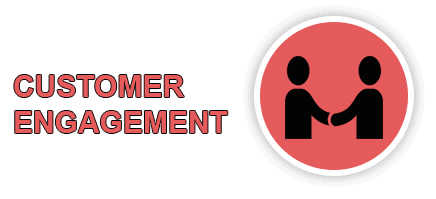
Content marketing for customer engagement
Why should people do business with you? Especially for the first time?
Why should they choose you over another business?
Through content marketing you can keep your customers engaged in conversations.
If you offer a solution, if you offer a suggestion, if you offer some sort of help, people are going to respond, in whatsoever manner. This is engagement.
Read 10 ways to write highly engaging content
You need to engage your prospective customers and clients positively. This way, the more you engage them in meaningful conversations, the more eager they are to do business with you.
How do you engage your customers with quality content?
I will cite the LongtailPro example.
A few days ago I purchased a LongtailPro subscription. Before I had purchased the subscription, I had used their trial version.
After using their trial version, I didn’t purchase the subscription for more than two years. But, to be able to use their trial version, I had given them their email ID and once in a while they used to send me some data about my website and also, how I can use LongtailPro, if I start my subscription, to improve my search engine rankings.
These were not just promotional messages. Their messages were constantly helping me.
After I purchased a subscription I still get tutorials on how to make the full use of their app. They have uploaded numerous YouTube videos and they keep prompting me to have a look at them to properly understand how to use the app.
I can also give you my own example. If you have been an old subscriber of my Credible Content updates, you may have noticed that I have started broadcasting my newsletter regularly after quite a while.
Ever since I started again, I have received 5 queries from my subscribers (it has just been two weeks or even less) and one among these 5 queries has turned into a paid assignment (Hello Francis!).
This way, content marketing helps you keep your audience engaged.
4. Leads and conversion

More leads and better conversion
This is quite simple. As your website traffic increases, as your brand becomes known, as you engage with your target audience, you naturally get more leads and these leads naturally convert more.
5. Your own broadcasting channel
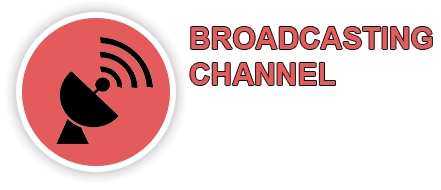
Develop your own broadcasting channel
When you publish a blog regularly, when you send out your email newsletter regularly, you build an audience. People start paying attention to you.
Whenever you publish a blog post, you draw people from the search engines. If you post your updates on social media and social networking websites, people either respond to you on their own timelines, or they visit your blog. They become a part of your audience.
Since you are constantly posting quality content on your social networking profiles and people are constantly engaging with your content and interacting with you, your friends and followers go on increasing.
Since more people land on your blog, more people subscribe to your updates and hence, you grow your mailing list, and when you grow your mailing list, you grow your email newsletter audience.
These are all your broadcasting channels.
You can use these channels whenever you launch a new product or a new service or you launch an update or you add a new feature to your product or your service.
Since you have got an audience that pays attention to you, whenever you need to broadcast the message, you will be able to do so.
This brings to my mind an incident that one of my clients had with one of his customers. The customer left a very bad review on Yelp, despite it being her own fault.
My client used his blog and his newsletter to explain his point of view and a lot of his visitors and subscribers took a personal initiative and left positive responses on Yelp.
You can use content marketing to build such a broadcasting channel for yourself.
6. Competitive advantage

Competitive advantage
Although many of your competitors might already be using content marketing, there might be many who are not. If you pursue strategic content marketing, you will not just have a competitive advantage over your competitors who are not using content to promote their businesses, you will also have competitive advantage over those competitors who are.
Content marketing sort of, democratises marketing. It’s all about innovation, ingenuity and initiative. If you use these three traits with sincerity, you can compete with IBM despite being a small IT firm (that is, if you want to).
A good thing about content marketing is, it’s not about quantity, it’s about quality and uniqueness. Okay, sometimes quantity does triumph over quality, but in most of the cases it does not.
Joe Pulizzi’s book, Epic Content cites a nice example. There is a River Pools and Spas company that installs fiberglass swimming pools in the Virginia and Maryland areas. In 2009 they were in deep trouble. Some sort of recession was going on and people were requesting their deposits back. The company was over drawing its checking account. the closure of the business seemed imminent.
When the CEO, Marcus Sheridan decided to use content marketing to promote his fiberglass swimming pools business, they were drawing approximately $4 million in annual revenues and spending $250,000 on marketing.
With two years of content marketing, they brought down their marketing cost to $40,000 per year, and by the end of 2011, they were selling more fibreglass pools than any other fibreglass pools installer in North America.
Marcus Sheridian’s content marketing was so successful that he started traveling the world lecturing other business owners on how to use content marketing.
You can read the Marcus Sheridian content marketing case study.
This is just one example. There are many.
Does content marketing just mean publishing a blog post?
Although blog publishing is a big part of content marketing, many small business owners confuse blogging with content marketing. The entire ecosystem of content marketing includes and involves
- Understanding what type of content your target audience is looking for
- Creating/writing high-quality content that informs, engages and if possible, entertains – on an ongoing basis
- Analysing incoming website traffic to find out what sort of content is attracting people to your website
- Making changes to creating/writing high-quality content according to your findings
- Using the right content dissemination channels to distribute your content
- Search engine optimizing your content so that it is easier to find it on search engines
- Updating and repurposing existing content on an ongoing basis
- Publishing a regular newsletter or email mailing list
So, basically, content marketing consists of continuously publishing valuable content and then making an all-out effort to make it easy for people to find it. Sometimes, you have to deliver the content where your audience is. For example, if your audience is on Facebook, then you have to post links to your content on Facebook. Similarly, on Twitter, LinkedIn and Google+.
Content marketing at the outset may seem like very hard work and this may undermine whatever notion of benefits you have in mind, but actually when you get down to implementing your content marketing strategy, to your pleasant surprise, you will find that it is not that difficult.
Besides, the benefits are so great, as you have seen in the case of Marcus Sheridan and his fibreglass swimming pools, that after a while, the effort and investment tend to move towards practically zero.

